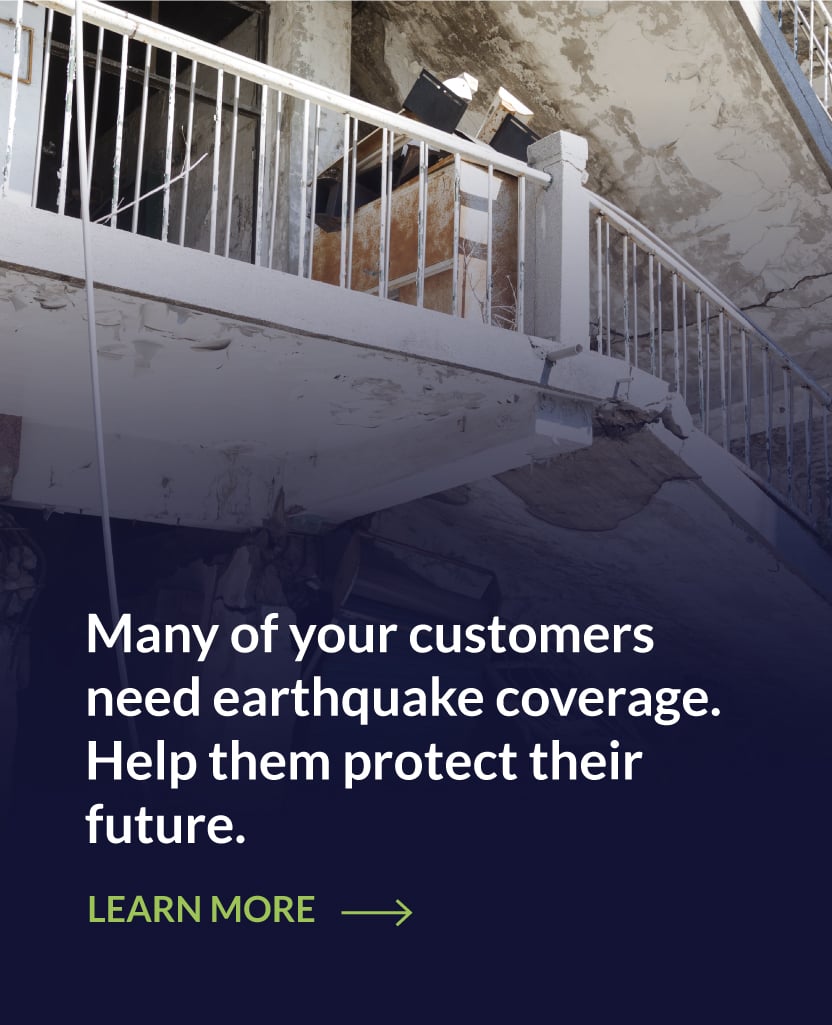September 9, 2021
Headlines

With remnants of Ida delivering downpours and fierce winds from North Carolina to New Jersey, U.S. government methods for assessing flood risks may be put to the test this week. Research from a nonprofit organization found that current Federal Emergency Management Agency models underestimate flood risk for more than six million homes.
In Washington, human-caused fires — like those started by cigarettes, campfires and more — account for a total of 737 fires so far this year. Across the West, more than 11,000 fires have started due to human activity.

Economic development, urbanization and climate change will drive premium growth. However, motor’s share of property-and-casualty premiums is expected to drop by approximately 25% as automation makes cars safer and pushes down claims and premiums.
Global reinsurance rates are likely to continue rising next year, in the low- to mid-single-digit percentage range. Reinsurance rates have been rising in the past few years due to natural disasters such as hurricanes and wildfires, as well as from the impact of the COVID-19 pandemic.
More than half of U.S. employers could make vaccines mandatory for their workers by the fourth quarter. A new survey found that by the fourth quarter of 2021, 52% of U.S. employers could have one or more vaccine requirements in the workplace — a sharp increase from the current 21%.
State regulators have backed down on demands for operators of a startup that allows private homeowners to rent their swimming pools by the hour. The regulators had originally said all the pools available on the app would need to meet the same requirements as large, public pools, but now say most won't have to.
As the economy recovers, more commercial and personal drivers are returning to the road. For commercial auto carriers, more miles driven, inflation, a shortage of experienced drivers, shortages of goods and rising litigation costs will delay any positive momentum, at least in the short term, says a new report.

Extended power outages are bound to expand the volume and cost of business interruption claims, and COVID is increasing labor and materials necessary for repairs and rebuilding.
New data shows a sustained increase in U.S. traffic deaths that regulators ascribe to impaired driving, speeding, a failure to wear seats beats and other unsafe behavior since the start of the coronavirus pandemic.
Discover what the latest science can tell us about these rare but dangerous phenomena as well as about the surprising ability of burnt forests to store carbon and mitigate climate change.
Wide adoption of usage-based personal auto insurance is stymied by customer demographics, privacy concerns, misunderstanding about the technology and contentment with existing coverage.

Weather disasters are striking the world four to five times more often and causing seven times more damage than in the 1970s. But these disasters are killing far fewer people. In the 1970s and 1980s, they killed an average of about 170 people a day worldwide. In the 2010s, that dropped to about 40 per day.

Thousands of new satellites are being launched into areas where orbital rubbish has been accumulating since early space missions nearly 65 years ago. The surging collision risks have left the handful of insurers that offer satellite coverage pulling back or exiting the market.
About InsuranceEDGE
Curated weekly by BuildingMetrix experts, InsuranceEDGE helps you work smarter. You don't want to miss an issue. Get InsuranceEDGE delivered to your inbox every Thursday. BuildingMetrix is a WSRB company.

















